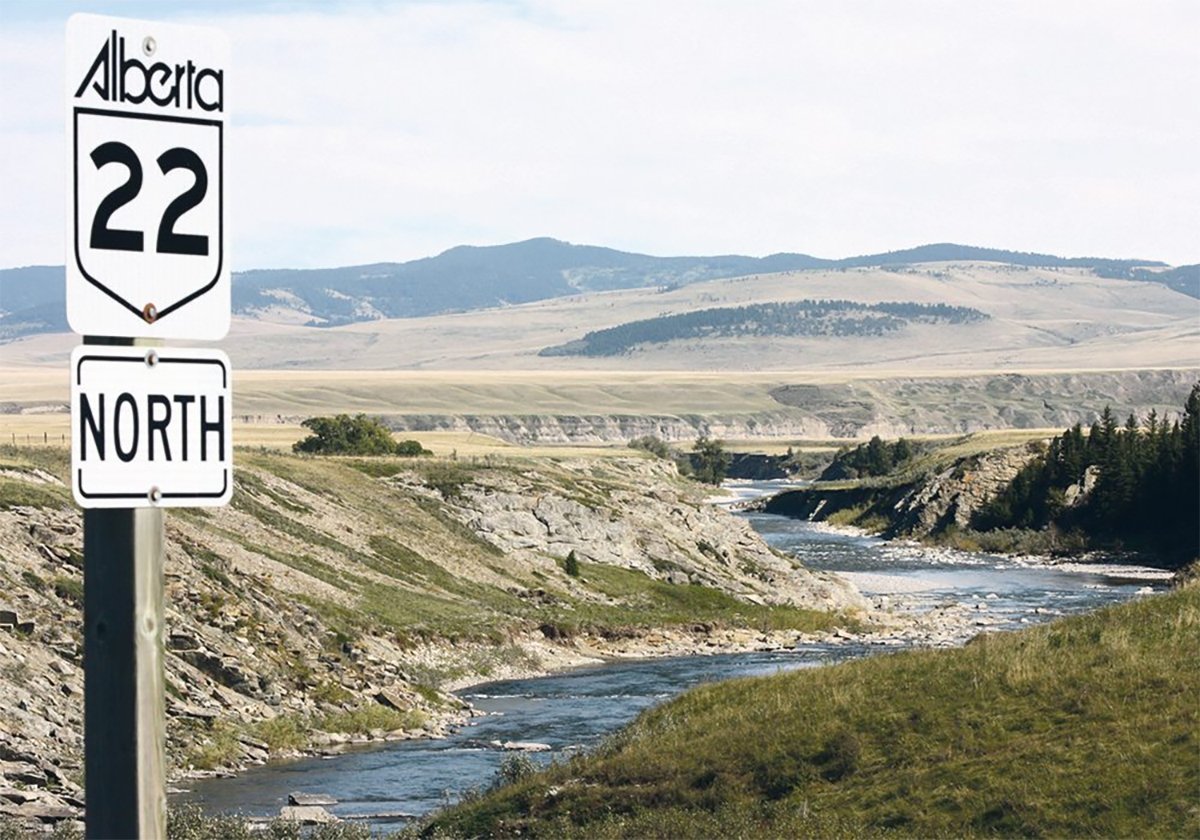To create your own forecast, you first need a good understanding of basic meteorology.
You should know about high and low pressure areas and how the air flows around these systems. You should know about contour lines such as isobars (lines of equal pressure), isotherms (equal temperature), and even isopleths (lines of equal geopotential height or atmospheric thickness).
You should also understand that the atmosphere is three dimensional and what is happening at one layer or height can impact the layers around them.
There are plenty of courses and websites you can explore if you are interested in learning more.
Read Also

New coal mine proposal met with old concerns
A smaller version of the previously rejected Grassy Mountain coal mine project in Crowsnest Pass is back on the table, and the Livingstone Landowners Group continues to voice concerns about the environmental risks.
If I had to pick a textbook, I would go with Meteorology Today. It is an expensive book new, but I have seen it for as little as $15 used and it doesn’t matter what edition you get.
Here is a good website to use when trying to visualize what is going on in the atmosphere: https://earth.nullschool.net/.
This site shows the whole planet, and you can zoom in and out and rotate to see any part. The default map is a wind map, and it uses moving lines and colours to show the direction and how fast the wind is moving.
From this view, you can see how the air is flowing either into an area of low pressure or out of a region of high pressure. You can see how airflows converge. This one view alone is worth checking out the site.
Then you can look at temperatures, relative humidity, precipitable water, plus a few other parameters. This site is invaluable for visual learners.
The next step is to look at weather models. The secret is two-fold. First, you should check them regularly and track what they are doing. The two main weather models I use generate new forecasts, or model runs, every six hours.
There are different ways to access these weather models but I use two main websites:
- The College of DuPage Nexlab: https://weather.cod.edu/forecast/
- Tropical Tidbits: https://www.tropicaltidbits.com/analysis/models/
These sites offer similar access to model data. For medium range forecasting, I look at two models, the American GFS and the European ECMWF. Both are available on the Nexlab site, while the Tropical Tidbit site only has a few options for the ECMWF model.
There are many weather model maps, ranging from sea level pressure and precipitation (with or without showing whether it is rain or snow) to different upper-level winds, cloud cover and temperatures.
I compare the two models and see how much they are alike or different. Because I watch them every day, I also keep track of which model seems to be doing a better job. If these two models don’t agree, I go to a third model, especially in winter, and this is the Canadian model. It is only available on the Tropical Tidbits site.
Sometimes I go with a particular model and agree with its predictions. If the prediction seems reasonable, I don’t argue.
For example, one weather model may show development of a strong area of low pressure, while other models show a weak area of low pressure. Is this one model getting it right and the others are not? Does the setup of the atmosphere support development of this feature?
If it does, maybe it’s something to keep an eye on. Then, later that day, I see if the model still predicts this. If the other models shift toward one model and the models are consistent, confidence rises.


















